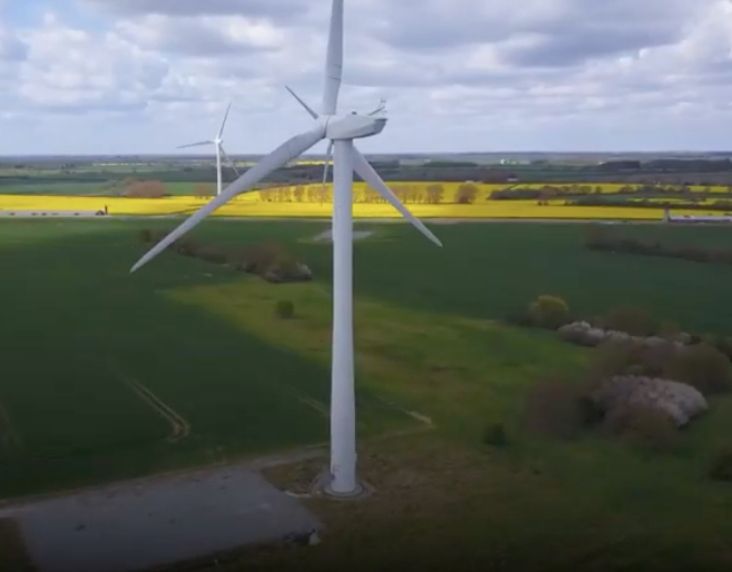In today's ever-evolving technological world, complex enterprises face multiple challenges. They must scale their infrastructure to meet growing demands while ensuring smooth customer experience. Along with this complexity, site reliability engineering (SRE) has emerged as a great field of stability and efficiency. This article dives into an SRE practices that empower complex enterprises to thrive in the middle of chaos.
Embracing Chaos Engineering
Complex enterprises acknowledge that their systems are very chaotic, prone to unexpected failures, and challenging to predict. SREs in these organizations embrace chaos engineering to proactively test their systems' resilience. By replicating real-world failures, SREs can observe weaknesses, vulnerabilities, and bottlenecks that might hinder the customer experience. Chaos engineering isn't just a practice; it's a mindset shift towards resilience.
Service Level Objectives (SLOs) for Complex Systems
SLOs serve as the guiding principles for SREs in complex enterprises. These performance targets provide a clear, measurable definition of reliability. When dealing with complex systems, setting meaningful SLOs requires careful consideration. SREs must strike a balance between obtaining high availability and the reality of resource constraints. Providing meaningful SLOs enables teams to prioritize their efforts effectively and focus on what matters most to enterprise customers.
Blameless Post-Mortems
In complex enterprises, failures are inevitable. What sets SREs apart is their attitude towards learning from these failures rather than engaging in the blame game. Blameless post-mortems encourage a culture of transparency and accountability. They allow teams to detail incidents, identify root causes, and implement preventive measures. This practice makes sure a continuous improvement mindset, preventing the recurrence of similar issues within enterprises.
Automation at Scale
Automation serves as the heart of SRE practices in complex enterprises. SREs leverage automation to efficiently manage very complex and intricate systems. From provisioning infrastructure to deploying updates, automation reduces the margin for human error and ensures consistency. Moreover, it frees up valuable time for SREs to focus on strategic improvement planning and innovation.
Cross-Functional Collaboration
SREs in complex enterprises cannot work in isolation. Effective cross-functional collaboration is essential for success. SRE teams closely collaborate with development and operations teams. This collaboration ensures that reliability considerations are embedded in the development process from beginning, reducing the likelihood of reliability issues appearing in production stage.
Monitoring and Observability
SREs in complex enterprises rely heavily on continuous monitoring. Monitoring tools provide real-time insights into system performance, allowing teams to detect anomalies, troubleshoot issues, and optimize resources proactively. A well-structured observability strategy empowers SREs to proactively address reliability issues.
Resilience Testing and Disaster Recovery
Complex enterprises face complex challenges when it comes to resilience. SREs conduct thorough resilience testing and disaster recovery exercises to prepare for worst-case situations. This proactive approach ensures business continuity and minimizes downtime, even in the face of catastrophic failures.
The Road Ahead: Thriving in Complexity
Site Reliability Engineering practices have proven to be a strength pillar of stability in the world of complex enterprises. Embracing chaos, setting clear objectives, ensuring a blameless culture, automating thoroughly, collaborating cross-functionally, and leveraging monitoring are all key elements that empower SREs to navigate complexity effectively.
As technology continues to evolve and enterprises grow in complexity, SRE practices will remain important for ensuring the reliability and resilience of digital solutions. By embracing these distinctive SRE practices, complex enterprises can engineer chaos and deliver exceptional experiences to enterprise customers.
In the world of complexity, SREs are the architects of reliability, building systems that can stay strong in the storm and insures stability on the other side.
About the Author
Sagar More
Technical Architect, BT Digital, Tech Mahindra
Sagar More, a persuasive thought leader with 12+ years of digital transformation and DevSecOps expertise, is recognized as a LinkedIn Top Voice in cloud computing, data architecture, leadership development, and machine learning. He strategically leads the digital transformation and DevSecOps architecture at TechM’ s CME unit. With a master’s degree in computer science, Sagar specializes in large-scale cloud transformations, breakthrough innovation, and has published in prestigious journals including IEEE and SIPH, focusing on cybersecurity and Artificial artificial intelligence programs.





